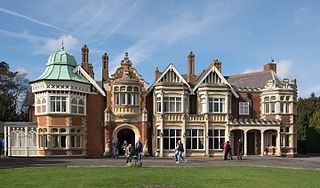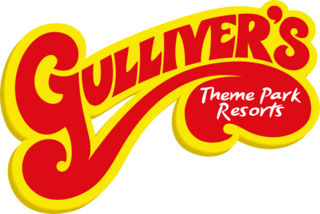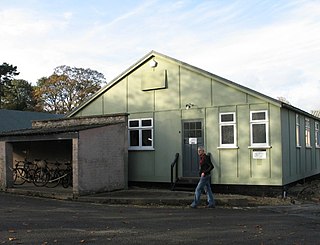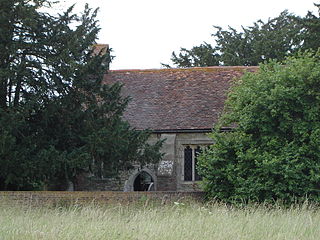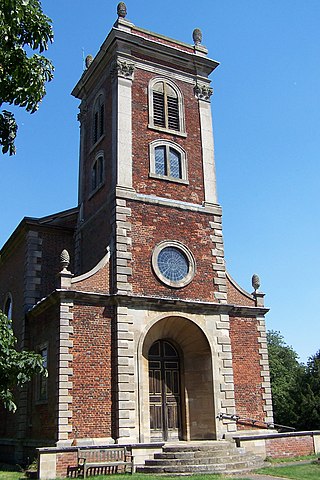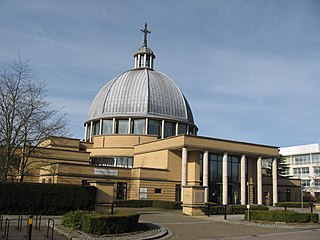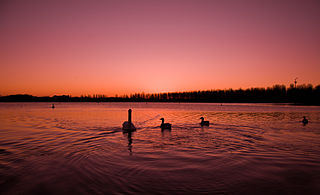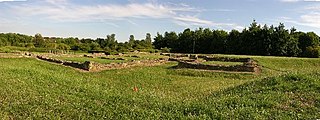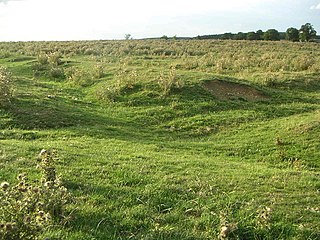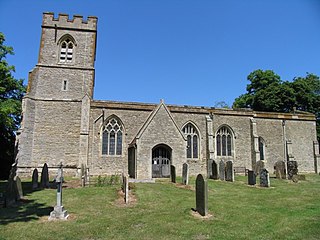10 Sights in Milton Keynes, United Kingdom (with Map and Images)
Legend
Welcome to your journey through the most beautiful sights in Milton Keynes, United Kingdom! Whether you want to discover the city's historical treasures or experience its modern highlights, you'll find everything your heart desires here. Be inspired by our selection and plan your unforgettable adventure in Milton Keynes. Dive into the diversity of this fascinating city and discover everything it has to offer.
1. Bletchley Park
Bletchley Park is an English country house and estate in Bletchley, Milton Keynes (Buckinghamshire), that became the principal centre of Allied code-breaking during the Second World War. The mansion was constructed during the years following 1883 for the financier and politician Herbert Leon in the Victorian Gothic, Tudor and Dutch Baroque styles, on the site of older buildings of the same name.
2. Gulliver's Land
Gulliver's Land is a children's theme park in Milton Keynes, England. It opened in 1999 and is the third park to be opened by Gulliver's.. The park has been designed especially for families. The Adventurers Village is now part of the resort, providing themed accommodation and short break packages. Gulliver's Land resort includes Splash Zone, Blast Arena, The SFEAR and Dinosaur and Farm Park.
3. Hut 8
Hut 8 was a section in the Government Code and Cypher School (GC&CS) at Bletchley Park tasked with solving German naval (Kriegsmarine) Enigma messages. The section was led initially by Alan Turing. He was succeeded in November 1942 by his deputy, Hugh Alexander. Patrick Mahon succeeded Alexander in September 1944.
4. St. Giles’ Church
St. Giles's Church is a small 16th century Church of England church in Tattenhoe, a district in south-west Milton Keynes, Buckinghamshire, England. It is of modest size but is a Grade 2* listed building.
5. Saint Mary Magdalene
The Church of St Mary Magdalene is an Anglican church of the Diocese of Oxford. Named after Jesus' companion Mary Magdalene, it is located in the village of Willen, in Milton Keynes, Buckinghamshire. It was completed in 1680 and was designed by the scientist, inventor, and architect Robert Hooke. It was designated as a Grade I listed building in 1966.
Wikipedia: Church of St Mary Magdalene, Willen (EN), Website
6. The Church of Christ the Cornerstone
Church of Christ the Cornerstone is an ecumenical church in Milton Keynes, Buckinghamshire. It was completed in 1991 and has the Church of England, the Baptist Union, the Methodist Church, the Roman Catholic Church and the United Reformed Church working together to share the space. It is situated in Central Milton Keynes on Saxon Gate, between Midsummer and Silbury boulevards, with the Fred Roche Memorial Gardens behind it. It was the first ecumenical metro centre church in the United Kingdom.
7. Willen Lake
Willen Lake is a visitor attraction and public park in Milton Keynes, Buckinghamshire The site is owned by The Parks Trust, an independent, self-funded charity that cares for and maintains over 6,000 acres of green space across MK.
8. Bancroft Roman Villa
Bancroft Roman Villa is a Roman villa in the Bancroft district of Milton Keynes in Buckinghamshire, England. Originally a winged-corridor house, the villa eventually became a grand building with mosaics and a formal garden. The principal rooms have been marked out in Bancroft Park and the fish-pond has been reconstructed. One of the mosaics is on display in Central Milton Keynes Shopping Centre.
9. Snelshall Priory
Snelshall Priory was a Benedictine priory in Milton Keynes, Buckinghamshire in the United Kingdom, built around 1200. The priory was founded after Sybil d'Aungerville granted land at Tattenhoe to Lavendon Abbey, a Premonstratensian monastery of 'White canons' who most likely started a cell at Snelshall. This did not thrive and was abandoned about 1207. About 1219, the founder's son brought in Benedictine monks, increased the endowment and the new monastery began again. However Snelshall Priory paid 1 mark a year to Lavendon until 1232, at which point the Bishop of Lincoln decided that Snelshall owned its own lands and chapel. The priory accumulated various land through gifts, but even with all these grants, in 1321 when Henry Burghersh visited, it was so poor that "the monks scarcely had the necessities of life and had to beg even for these".
10. St Lawrence
St Lawrence's Church is a redundant Anglican church in Broughton, Milton Keynes, Buckinghamshire, England. The church is recorded in the National Heritage List for England as a designated Grade I listed building, and is under the care of the Churches Conservation Trust. The church stands on the eastern periphery of Milton Keynes, between the A4146 and (former) A5130 roads. It is listed at Grade I because of its "remarkable series" of medieval wall paintings.
Share
How likely are you to recommend us?
Disclaimer Please be aware of your surroundings and do not enter private property. We are not liable for any damages that occur during the tours.
